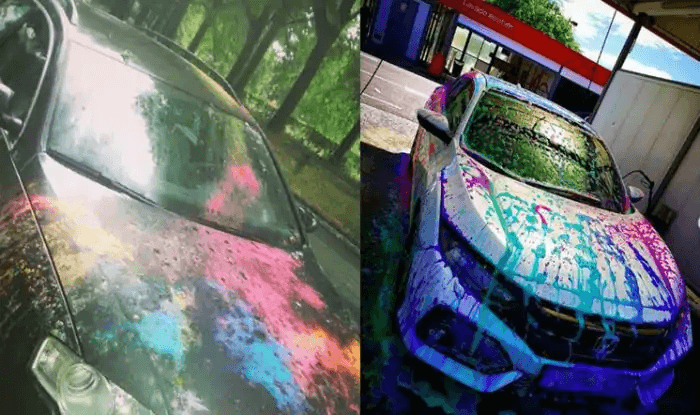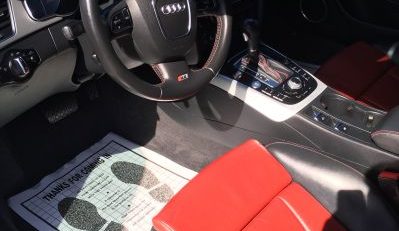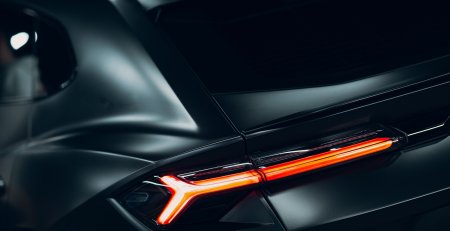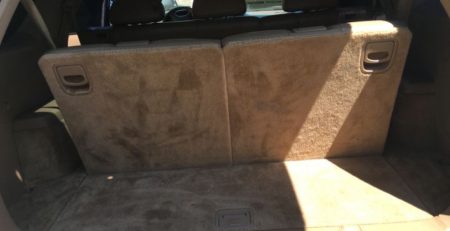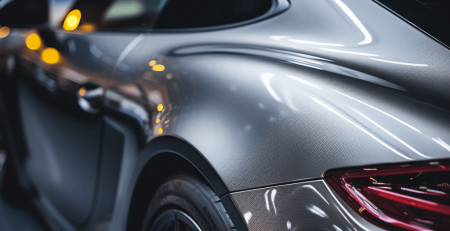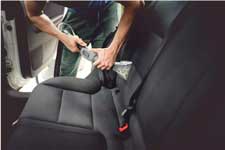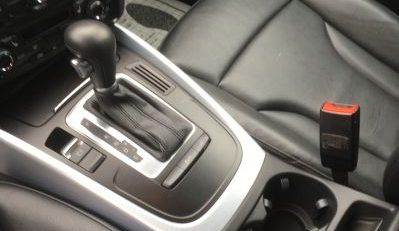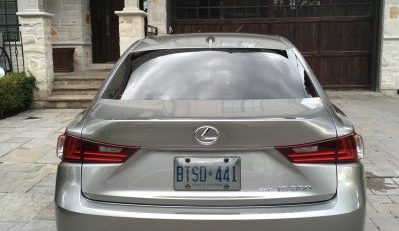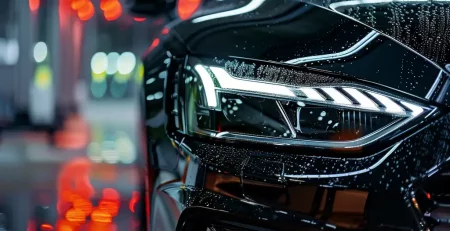Remove Paint Stains From Car: Easy Tips
Your car is your prized possession, and nothing beats the feeling of driving a clean, shiny, and spotless car on the road. But what if you notice paint stains on your car’s surface? Don’t worry; it’s a common problem faced by most car owners. Paint stains can come from various sources such as bird droppings, bug splatters, environmental factors like rainwater or tree sap, and poor maintenance. In this blog post, we will identify the common types of car paint stains and their causes. We will discuss effective methods to remove them using automotive-grade clay, white vinegar spray solution, and clay bar treatment. We will also provide detailed steps to follow while removing paint stains from cars and expert tips for DIY car detailing. Lastly, we will talk about prevention measures against paint stains so that you can keep your car looking new for longer durations.
Identifying Common Car Paint Stains
Common car paint stains such as water spots with mineral deposits, tough-to-remove tree sap stains, and damaging bird droppings and bug splatters, can impact the car’s paint. Additionally, direct sunlight can cause oxidation, leading to paint damage. Stains like tree sap require immediate attention to prevent lasting damage to the car’s paint.
Effect of Water and Rain on Car Paint
Water spots may harm the car’s clear coat, while rainwater can cause swirl marks and mineral deposits, both potentially damaging. These stubborn mineral deposits can lead to corrosion and long-term paint damage if left untreated. It’s essential to address water stains promptly to prevent these issues.
Impact of Tree Sap on Car Paint
The presence of tree sap stains can lead to the corrosion and oxidation of the car’s paint if not promptly removed. It requires the proper use of lubricant or remover, and in some cases, effective treatment with a clay bar. These tough stains may even necessitate professional detailing to restore the car’s paint to its original condition.
The Damage from Bird Droppings and Bug Splatters
Bird droppings and bug splatters possess the potential to harm the car’s clear coat and paint. If left unaddressed, they can lead to paint transfer, damage, and corrosion. Especially challenging are bug splatter stains that necessitate appropriate treatment for removal. Gentle washing is crucial to prevent additional damage while cleaning off bird droppings and bug splatters.
Paint Stains: Causes and Effects
Environmental elements, such as direct sunlight, can corrode car paint, while neglecting maintenance causes the buildup of common car paint stains including tree sap, bird droppings, and bug splatter. These contaminants can lead to paint damage, potentially worsening over time. Understanding the causes and effects of these common car paint stains is crucial for protecting your car’s paint job.
The Role of Environmental Factors
Exposure to direct sunlight may contribute to paint damage and oxidation, accelerating the deterioration of car paint surfaces over time. Environmental factors, such as direct sunshine, can lead to paint oxidation and corrosion, posing a challenge for car owners. Understanding the impact of environmental elements is crucial for protecting the car’s exterior and preventing common car paint stains.
The Impact of Poor Maintenance
Neglecting regular car washes leads to accumulated common car paint stains, making the car more susceptible to paint damage and deterioration. Poor maintenance can result in the car’s vulnerability to common car paint stains like tree sap, bird droppings, and bug splatter, accelerating paint damage over time. Lack of proper upkeep can cause the car’s paint to deteriorate, emphasizing the need for regular maintenance.
Effective Methods to Remove Car Paint Stains
Automotive-grade clay efficiently removes tough car paint stains, while a white vinegar spray treatment can effectively eliminate paint stains. Correct usage of a clay bar treatment is essential for removing common car paint stains, and the proper application of white vinegar spray can be equally effective. Additionally, the use of ceramic coating may be necessary for removing the most common car paint stains.
The Efficiency of Automotive-Grade Clay
Using automotive-grade clay efficiently eliminates contaminants from the car’s paint, including the most common car paint stains. The proper clay bar treatment effectively removes tree sap, bird droppings, and tough stains from the car’s paint. Automotive-grade clay is a game-changer for car stains and ensures a clean, bare metal surface, free from any residue or damage.
Cleaning with White Vinegar Spray
To effectively remove common car paint stains, utilize white vinegar spray. This efficient method can properly treat and clean car paint stains, removing tough ones as well. White vinegar spray is a bare metal cleaner that effectively eliminates the most common car paint stains. Whether it’s resin, ppf, or other colour stains, a simple rag and white vinegar spray can work wonders.
The Effectiveness of Clay Bar Treatment
Clay bar treatment is a leading contender in car detailing, effectively removing contaminants and tough stains from the car’s paint. This treatment restores the paint’s shine within hours, making it a popular choice among auto owners. It offers proper treatment for common car paint stains, making it worth the effort.
Detailed Steps to Remove Paint Stains from Cars
Start by washing the car’s exterior using a microfiber towel, then employ white vinegar spray to eliminate water spots, mineral deposits, and tree sap stains. Apply a clay bar treatment to remove paint transfer, swirl marks, and tough stains. Rinse the car thoroughly to ensure the paint surface is free from contaminants. Finish by drying the car with a microfiber cloth, leaving the paint surface clean and smooth.
Preparing Your Car for the Cleaning Process
Before beginning the paint stain removal process, it’s crucial to prepare your car adequately. Start by thoroughly washing the car to eliminate any dirt, bird droppings, and bug splatter. Inspect the paint for oxidation, corrosion, or rust spots, and ensure it is free from water stains, tree sap, and spider webbing. Additionally, clean the metal surfaces, removing any residue or contaminants before properly drying the paint for the next steps.
Applying the White Vinegar Spray Solution
Applying the white vinegar spray removes water spots, mineral deposits, and tree sap stains without damaging the clear coat. This effective solution acts as a lubricant, breaking down paint stains for easier removal. It aids in restoring the car’s paint surface by effectively removing the most common car paint stains. The white vinegar spray is essential for treating car stains and restoring the car’s paint surface.
Leveraging the Clay Bar Treatment
The clay bar treatment, a leading contender for car detailing, effectively removes contaminants from the car’s paint, making it a popular choice among auto owners. It is an endless struggle against the most common car paint stains, but it’s worth the effort, as it can restore the shine of the car’s paint within a matter of hours.
Expert Tips for Paint Stain Removal
Regularly maintaining the car’s paint by waxing it protects against bird droppings, tree sap, and water spots. Avoid harsh chemicals and abrasive materials to prevent paint damage. Applying paint protection film can deter paint transfer, swirl marks, and tough stains. Address any paint damage promptly and wash the car in the shade to prevent quick drying.
Best Practices for DIY Car Detailing
For exterior upkeep, employ a microfiber cloth with a gentle car wash solution. Regularly check for new stains, dents, or paint damage. Consider applying ceramic coating for long-lasting protection. Swiftly remove tree sap, bug splatter, and bird droppings to prevent paint harm. Schedule regular washes and ensure proper drying to maintain the car’s paint, reducing the need for stain removal.
Mistakes to Avoid While Removing Paint Stains
Inadvisable to use abrasive materials or harsh chemicals that could harm the car’s paint and clear coat. Neglecting proper drying leads to water spots leaving mineral deposits on the paint. It’s important to avoid washing the car’s paint in direct sunlight to prevent damage and tough stains. Using wax or polish on a dirty car can trap contaminants and damage the paint surface.
Prevention of Car Paint Stains
Regularly washing the car’s exterior is crucial, especially in areas prone to bird droppings, tree sap, and water spots. Parking in shaded areas reduces direct sunlight exposure, minimizing paint damage. Applying ceramic coating provides protection against common car paint stains, while addressing any paint damage promptly is essential. Additionally, using a proper car cover shields the car’s paint from bird droppings, tree sap, and bug splatter.
Importance of Regular Car Wash
Regular car washes play a crucial role in preserving the car’s exterior. They aid in removing bird droppings, tree sap, and bug splatter, which can lead to paint stains. Additionally, regular washes help prevent the buildup of mineral deposits, water spots, and oxidation, maintaining the car’s paint quality. Proper drying after washing is essential to prevent water stains and corrosion, safeguarding the car’s paint surface.
Protective Measures Against Environmental Factors
To protect your car from environmental factors, consider using a car cover to shield it from dust, pollen, and bird droppings. Applying a ceramic coating can safeguard against UV rays, acid rain, and other hazards. Additionally, regular washing prevents dirt and grime from becoming stubborn stains, while avoiding parking in direct sunlight helps prevent discoloration and damage from UV rays.
Is Regular Maintenance Enough to Prevent Paint Stains?
Regular maintenance plays a crucial role in preventing paint stains on cars. However, it may not always be enough. Taking additional precautions like parking away from trees and avoiding construction zones can further minimize the risk. In case of paint stains, swift action and the use of recommended cleaning solutions are essential to prevent permanent damage. If unsure, consulting a professional is recommended.
Conclusion
In conclusion, it is important to promptly address paint stains on your car to prevent further damage and maintain its appearance. Different types of stains require specific cleaning methods, such as using automotive-grade clay, white vinegar spray, or a clay bar treatment. Following the right steps during the cleaning process is crucial, including proper preparation and application of the cleaning solutions. Additionally, it is recommended to incorporate regular car washes into your maintenance routine and take protective measures against environmental factors that can cause paint stains. While regular maintenance helps prevent paint stains to an extent, it may not be enough in certain cases. By following these tips and avoiding common mistakes, you can effectively remove paint stains from your car and keep it looking its best.



